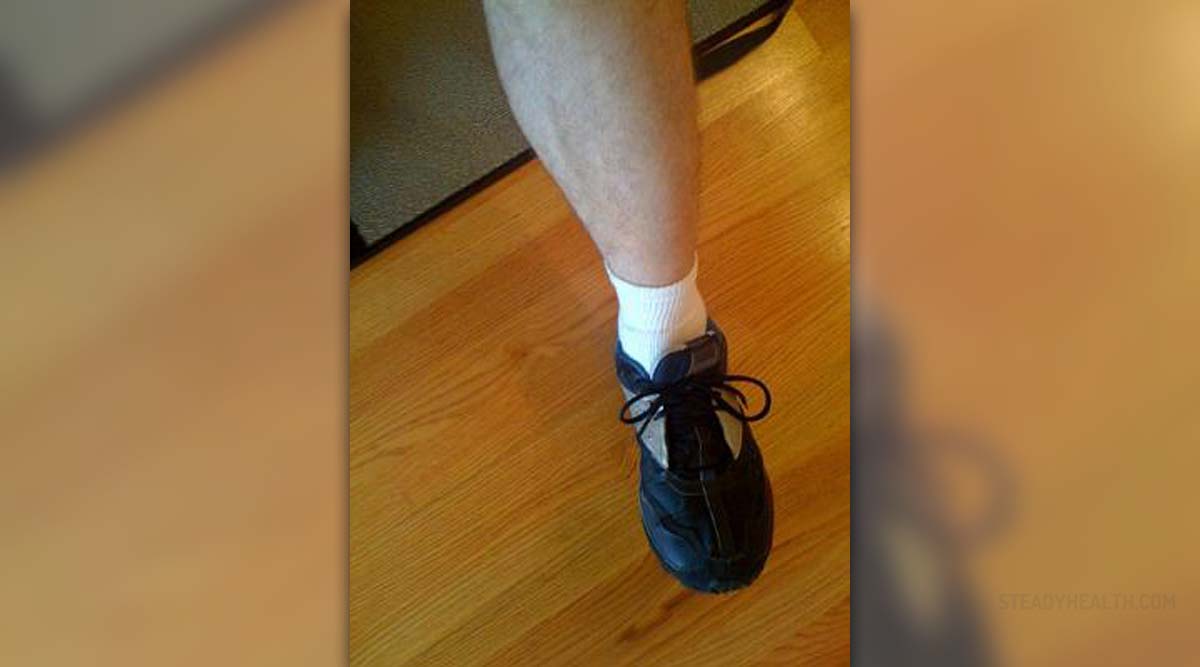
ShinSplints
Peoplewho exercise frequently, as athletes do, may encounter a variety ofproblems that can impede their progress. Working too hard may causeproblems like shin splints, which can be uncomfortable or painful andmay prevent normal exercise. However, there are ways to treat andcure shin splints.
Formany years, doctors and other medical experts were not exactly sureas to what causes shin splints. After much investigation, it wasdetermined that they were caused by overuse of the muscles in thelegs. These muscles practically stop working altogether. Anyone whoexercises regularly can experience shin splints at one point oranother and those who push themselves harder than they should aremore at risk.
Causesand Prevention
One ofthe most common causes of shin splints is exercising after having notexercised for a long time. The sudden shock of exertion the musclesexperience may cause them to become injured and cause shin splints.This can also happen if proper stretching routines are not observedbefore and after exercising. For those people who exercisefrequently, shin splints can occur when walking or running up anincline, or if the person is not wearing the correct footwear for theactivity.
Preventionis naturally preferable to trying to heal the problem after causingit. Correct stretching is important to keeping the musclesfunctioning correctly. Continuing to work out after one has somesoreness or muscle ache is recommended to keep the muscles limber,but not if the pain is substantial or if shin splints have appeared.
Ifshin splints have already occurred, the typical symptoms of pain andinflammation can be relieved with hot or cold compresses applied tothe area. Non-prescription medication can help alleviate some of thepain too. An athletic brace or adhesive bandage can be used on theaffected limb to keep it strong while continuing to exercise, if thatis the course of action chosen.
TreatmentPossibilities
Thereare three main courses of action to remedy shin splints, althoughonly one is most effective for athletes and other frequentexercisers. The first option available is simply not using theaffected leg. Resting the limb will eventually heal the shin splintsnaturally. However, this is inconvenient for athletes who need tomaintain a certain training schedule.
Thesecond option is to continue exercising at the same pace and tryingto work through the problem. This is inadvisable, since the personwould most likely continue with the same exercises that caused theproblem, which may lead the the problem becoming worse instead ofbetter.
Thethird possibility is the most recommended and is the one most doctorswould advise to their patients. While taking a regulated course ofibuprofen or other pain relief medication, the patient exercises in amuch more limited, low impact fashion, taking care not to stress theaffected leg. Swimming and exercising on a stationary bicycle aretypical exercises for this course of treatment.


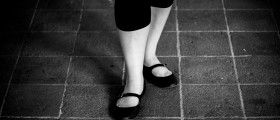

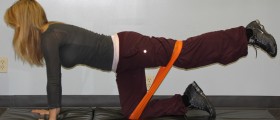
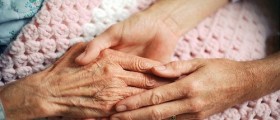
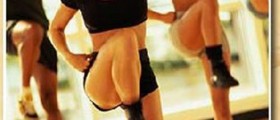
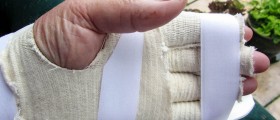


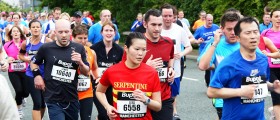
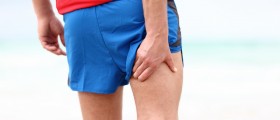

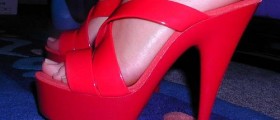
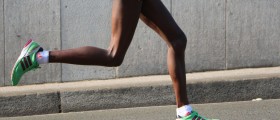

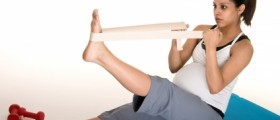
Your thoughts on this
Loading...